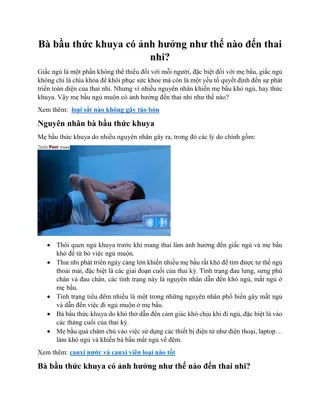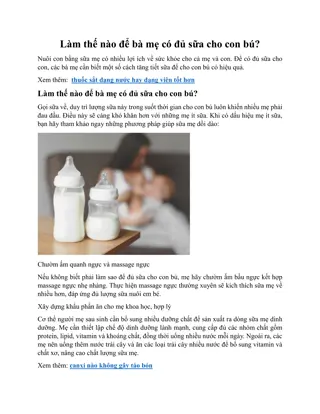Understanding the Role of Microtubules in Cell Remodeling
The cytoskeleton, a network of fibers made from proteins, plays a crucial role in maintaining cell structure and shape. Microtubules, which are hollow straight rods made from tubulin proteins, control the movement of membrane-bound organelles and cell components. During cell division, microtubules are essential for organizing spindle fibers, guiding chromosome movement, and ensuring precise cell division. The centrosome, where microtubules are formed, is key in this process. Proper assembly and disassembly of microtubules are vital during mitosis.
Download Presentation

Please find below an Image/Link to download the presentation.
The content on the website is provided AS IS for your information and personal use only. It may not be sold, licensed, or shared on other websites without obtaining consent from the author. Download presentation by click this link. If you encounter any issues during the download, it is possible that the publisher has removed the file from their server.
E N D
Presentation Transcript
Remodelling the Cytoskeleton Unit 1: Cells and Proteins Advanced Higher Biology Miss Aitken
Structure and Function of the Cytoskeleton The cytoskeleton is a network of fibres made from protein. It extends the whole way through the cytoplasm. It s attached to the cell membrane and gives structure and shape to the cell. It acts as scaffolding. Organelles like the nucleus are attached to the cytoskeleton and when organelles or entire cells move, it is the cytoskeleton which is responsible.
Structure and Function of the Cytoskeleton Microtubules: Hollow straight rods Polymer made from two globular proteins: -tubulin -tubulin 25nm thick Length is controlled through the polymerisation (assembly) or depolymerisation (disassembly) of tubulin at the ends of the microtubule Deal with location and movement of membrane- bound organelles and other cell components
Microtubules Microtubules come from the microtubule- organising centre (MTOC) also known as the centrosome Centrioles form part of the centrosome and are involved in the organisation of spindle fibres during mitosis.
Microtubules and Mitosis Cell division requires remodelling of the cells microtubules. Spindle fibres are made of microtubules and control the movement of chromosomes during mitosis and meiosis. The centrosome is the area of the cell where microtubules are formed. During mitosis, the centrosome is duplicated and they move to the poles of the cell.
Microtubules During cell division, microtubules have 3 roles: A star shaped tuft of microtubules (called an aster) arises from the centrosomes and ensures that cell division apparatus is correctly located. Some microtubule spindle fibres are attached to kinetochore proteins at the centromere of each chromatid. Some microtubules in the spindle do not attach to chromosomes but attach to other microtubules from the opposite centrosome.
Microtubules Chromatids are then separated by the disassembly of microtubules, which has the effect of pulling the chromatids to the poles. During cell division, assembly and disassembly of microtubules is at a far higher rate than any other time in the cell s life.























